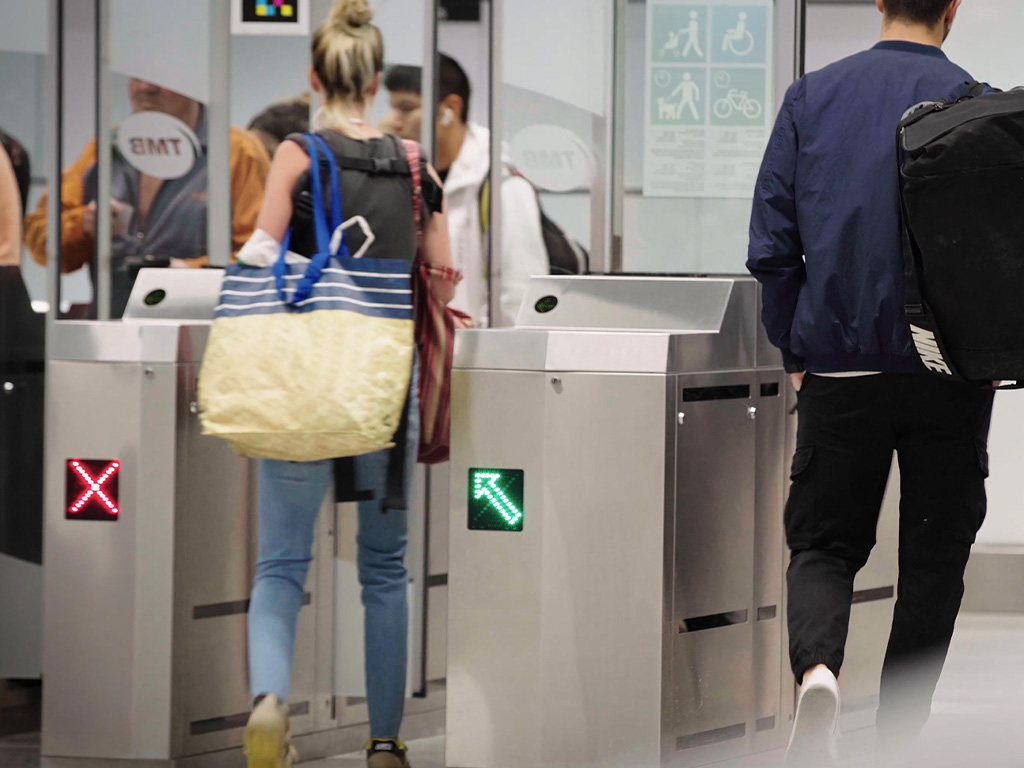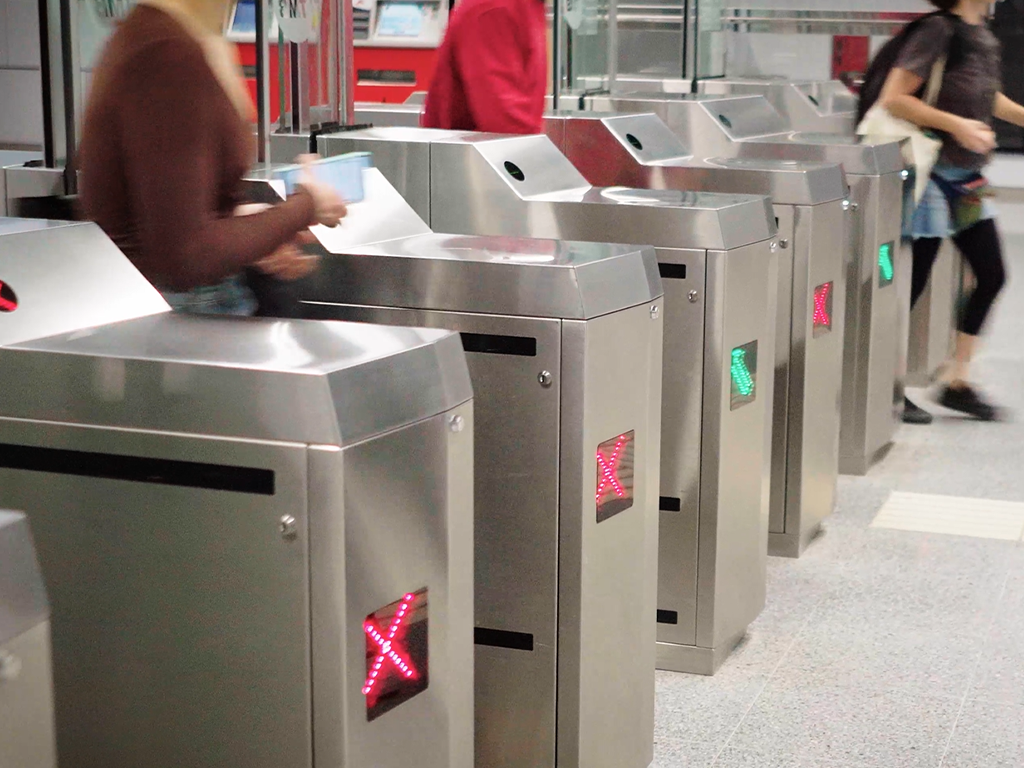Ticketless travel, driven by digital authorisation technologies and advances such as mobile devices, QR codes, and biometrics, has emerged as a key area of innovation within today’s transport networks. While these developments promise increased efficiency and user satisfaction, they also raise complex questions around data ethics, infrastructure resilience, and inclusive access.
As passenger mobility is expected to increase two- to three-fold by 2050, traditional transit gate solutions are under growing pressure. Technological solutions must not only be smart, but equitable, secure, seamless and future proof.
Future Rail Insights
With foresight from Arup’s Future of Rail 2050, a panoramic view of the forces reshaping rail and mobility, global megatrends will demand new approaches to how journeys are designed and managed. The insight stresses the need for holistic mobility ecosystems, where transport experiences are no longer seen as segmented services, but as a unified experience from end to end.
Real-time information, personalisation and adaptive access will become standard expectations, placing new demands on the design and integration of automated metro access control and ticketing systems. The move toward integrated mobility requires more sophisticated data-sharing and a coordinated approach between different transit operators, technology vendors, and city authorities.
Without universal standards or agreements on data interoperability, passengers will continue to encounter fragmented, inefficient systems. Building these standards is a long-term challenge that demands both public and private sector commitment.

Passenger-Centric Innovation
Travellers are seeking greater autonomy and responsiveness, expecting systems to adapt dynamically to their needs – whether that means rerouting during service disruptions or tailoring travel information to individual preferences.
In this context, digital authorisation technologies in public transport gate systems must serve as more than gatekeepers for fare evasion prevention. They become the interface between the physical and digital journey, capable of anticipating, learning from, and responding to passenger behaviour.
These technologies must also navigate the balance between seamlessness and consent. A frictionless experience cannot come at the cost of transparency or personal agency. As systems grow more autonomous, the design of these consent mechanisms becomes a critical factor in sustainable adoption.
Climate and Resilience
Mobility infrastructure must respond to the growing volatility of climate conditions. A recent analysis of infrastructure stressors calls for technologies that are robust, redundant, and locally adaptable. This includes everything from waterproof gate mechanisms to decentralised control systems that continue operating during network outages.
Materials, energy efficiency, and lifecycle impact will come under increased scrutiny. More sustainable metro access control has the potential to reduce carbon emissions of the facility and ensure long-term viability in a world where energy security and environmental responsibility are closely linked.

Adapting to Change
The ageing global population presents one of the most pressing design challenges. Older adults, as well as users with disabilities, will require metro turnstiles that are intuitive and forgiving. While some may be digitally literate, others will depend on interfaces that offer clear instructions, multiple modes of feedback (visual, tactile, auditory), and robust support in the event of system failure.
Public transport gate systems must also be able to evolve alongside broader digital ecosystems – adapting to new protocols, regulatory requirements, and security threats without requiring wholesale replacement. Increased reliance on AI and automation introduces its own set of challenges Transparent decision-making, particularly where access is denied or flagged, will be critical.

Metro Barcelona
Metro Barcelona’s Ernest Lluch station serves as a high-volume interchange between metro and tram services and was designed to integrate advanced ticketless infrastructure. Full-panel tripod turnstiles were installed to manage both flow and security, with features to prevent tailgating in metro stations while maintaining rapid throughput.
Sustainability was built into the deployment with energy-efficient materials and systems used. Importantly, the station prioritised user experience without sacrificing protection, demonstrating how security and convenience can coexist when supported by good design.
As Metro Barcelona continues to expand, investments in smart entrance control technology will be critical. By leveraging smart, stylish solutions like Gunnebo’s SpeedStile, TMB aims to meet the increasing demands of urban mobility while upholding the highest standards of safety, security, and passenger experience.
Integrated Cities
Transport hubs are becoming multifunctional spaces supporting retail, entertainment, and public services to enhance customer experiences and generate revenue beyond transport.
Stations of the future are expected to operate as microcosms of urban life, offering workspaces, shops, cultural venues, and more. In these environments, crowd management in public transportation takes on a new dimension – facilitating not only transport but also safety, navigation, and interaction across a range of public and private services.
Such systems must be context-aware and configurable. A gate that serves commuters during rush hour might support building access, crowd control, or event ticketing at other times. Connections between transport, security, and civic data systems becomes essential, as cities strive for integrated, flexible solutions that scale with urban complexity.
Mobility Beyond 2050
The momentum behind ticketless travel reflects deeper transformations in how cities function, how citizens move, and how services are delivered. Digital entrance control systems will be critical to managing these transitions, but they must be shaped by thoughtful design, informed by robust research.
The future of mobility hinges on passenger flow management that’s open yet secure, automated yet inclusive, and smart yet accountable. Achieving these goals requires more than technological innovation. It demands cross-sector collaboration, proactive policy frameworks, and ongoing public engagement. The future of ticketless travel will depend on maintaining a critical balance: between efficiency and ethics, automation and agency, innovation and inclusion.
